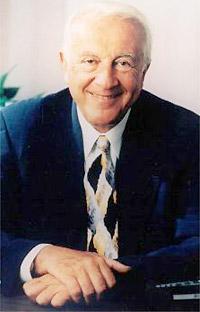

Dr Robert Atkins
The Atkins Diet Revolution

During the early years of his medical practice, stress and poor eating habits led Atkins to gain a considerable amount of weight. In 1963, at a weight of 224 pounds (100 kg), he decided to go on a restrictive diet based on the research of Dr. Alfred W. Pennington, who recommended removing all starch and sugar from meals.
Atkins found immediate and lasting success on the plan, and began advertising its effects to his patients.
Atkins finally published his book, Dr. Atkins' Diet Revolution in 1972. The book became an instant bestseller selling in millions of copies and led Atkins to release a series of cookbooks, health guides, and diet products in the coming decades.
The success of Atkins' commercial diet products also allowed the doctor to open the "Atkins Center for Complementary Medicine" in Manhattan, a holistic medicine center advocating alternative medicine practices.
By the early 1990s, the center employed 87 people, and reported treating more than 50,000 patients.
Atkin's Critics
In 1977 Harvard professor Fredrick J Stare called him an “instant money” doctor.
The American Dietetic Association called his diet “a nutritionists nightmare.”
Critics also pointed out the potential for long-term health problems because they argued, people need a balanced diet.
Atkins admitted that he could not fully explain the remarkable weight loss achieved by those who followed his eating plan, and he never published his conclusions in a peer-reviewed medical journal. (Dr Robert Bernstein, couldn't get his work published about the same time.)
Atkins said that starchy carbohydrates were the culprit in weight gain, and through extensive research, he claimed that they cause the body to overproduce the hormone insulin.
Insulin metabolizes blood glucose and falling blood glucose makes people feel hungry.